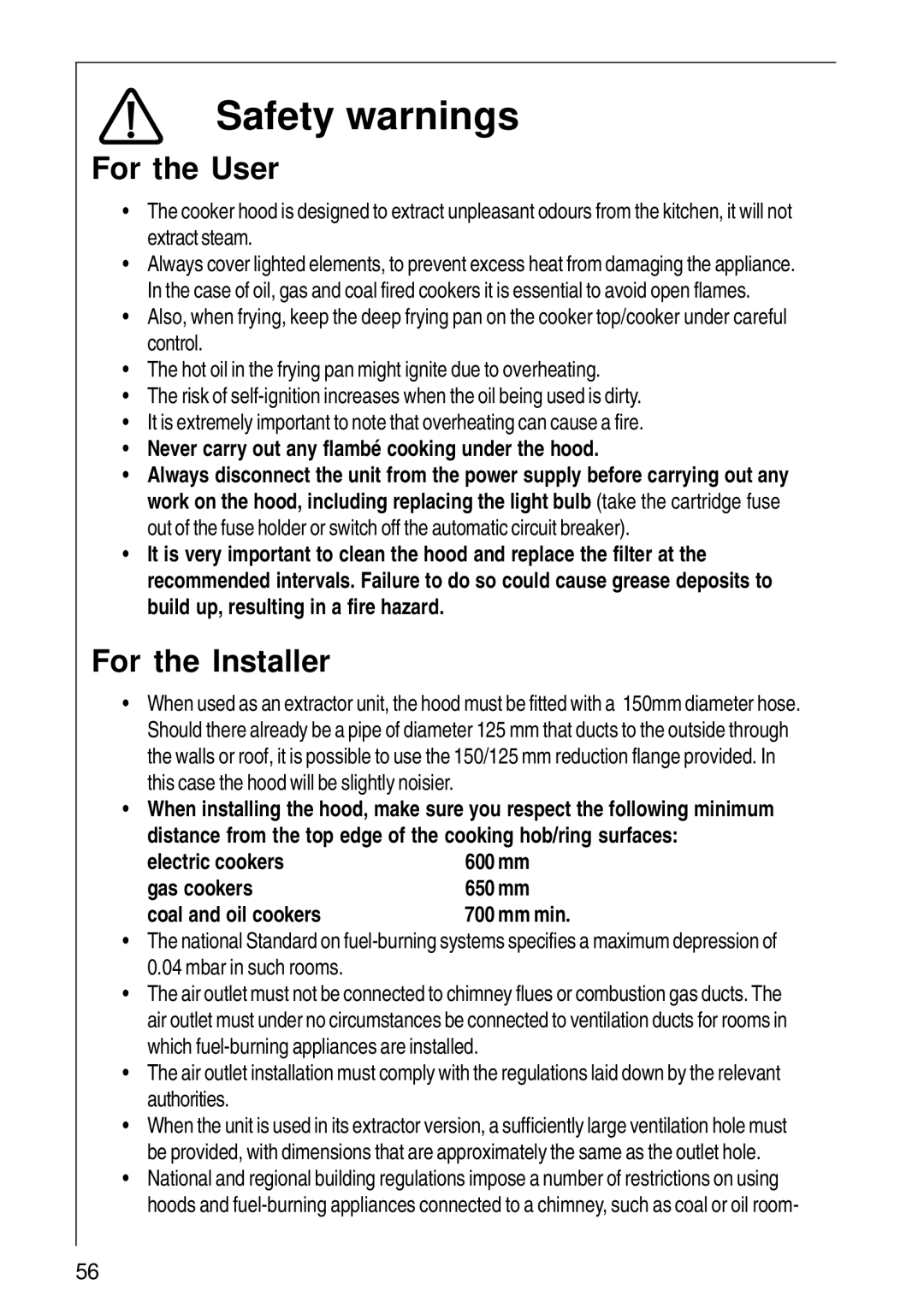CHDI 8610, DI 8610 specifications
The Electrolux DI 8610, also known as the CHDI 8610, is a cutting-edge dishwasher that embodies convenience, efficiency, and innovative design. This appliance is engineered to meet the demands of modern households that seek both performance and reliability in their kitchen.One of the standout features of the Electrolux DI 8610 is its advanced wash system. It utilizes a high-efficiency spray arm design, ensuring that water reaches every corner of your dishes, pots, and pans. This results in a superior clean, effectively removing baked-on food residues without requiring pre-soaking or excessive scrubbing.
The DI 8610 is equipped with multiple wash programs, ranging from intensive cycles for heavily soiled cookware to delicate settings for fragile glassware. One of its most notable options is the 'Auto' mode, which automatically adjusts the cycle based on the load's soil level, optimizing water and energy consumption for improved efficiency.
In terms of capacity, the Electrolux DI 8610 is designed with flexibility in mind. The adjustable racks and foldable tines allow for easy arrangement of various dish sizes, making it simpler to load everything from large baking trays to small espresso cups. This flexibility ensures that users can maximize the available space, accommodating different washing needs with ease.
Sound levels are a critical concern for many homeowners, and the DI 8610 addresses this with its quiet operation technology. With a noise level of around 44 decibels, it operates almost silently, allowing users to run cycles even during late-night hours without disruption.
Energy efficiency is another hallmark of the Electrolux DI 8610. Built to meet stringent energy standards, this dishwasher minimizes water and energy consumption without compromising cleaning performance. This eco-friendly design not only benefits the environment but also leads to reduced utility bills over time.
Lastly, the design aesthetic of the DI 8610 is sleek and modern, seamlessly integrating into any kitchen décor. Its intuitive control panel is user-friendly, featuring a digital display that allows for easy selection of wash cycles and options.
In conclusion, the Electrolux DI 8610, or CHDI 8610, combines powerful cleaning performance with innovative features and eco-friendly design, making it a stellar choice for those looking to enhance their dishwashing experience.

